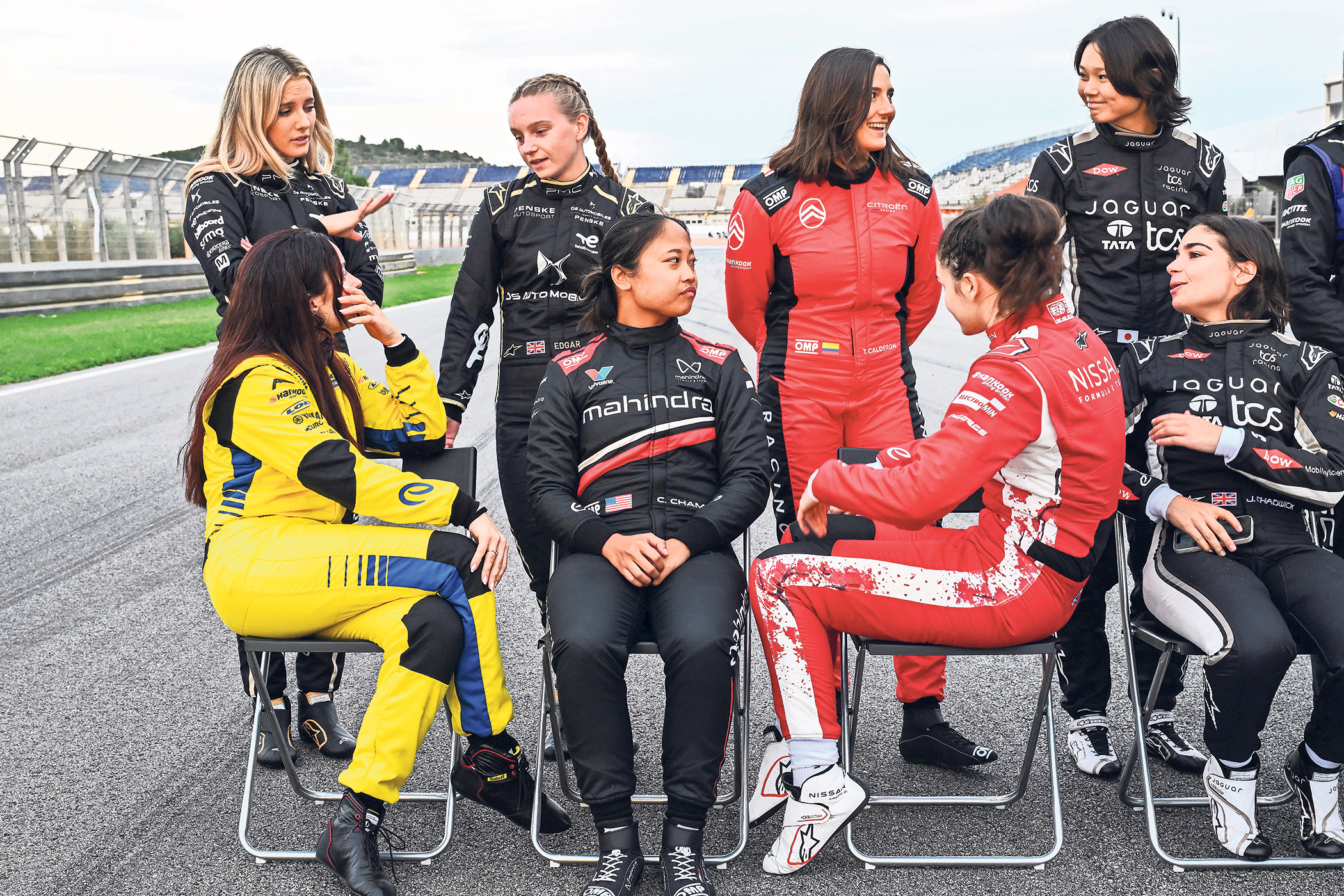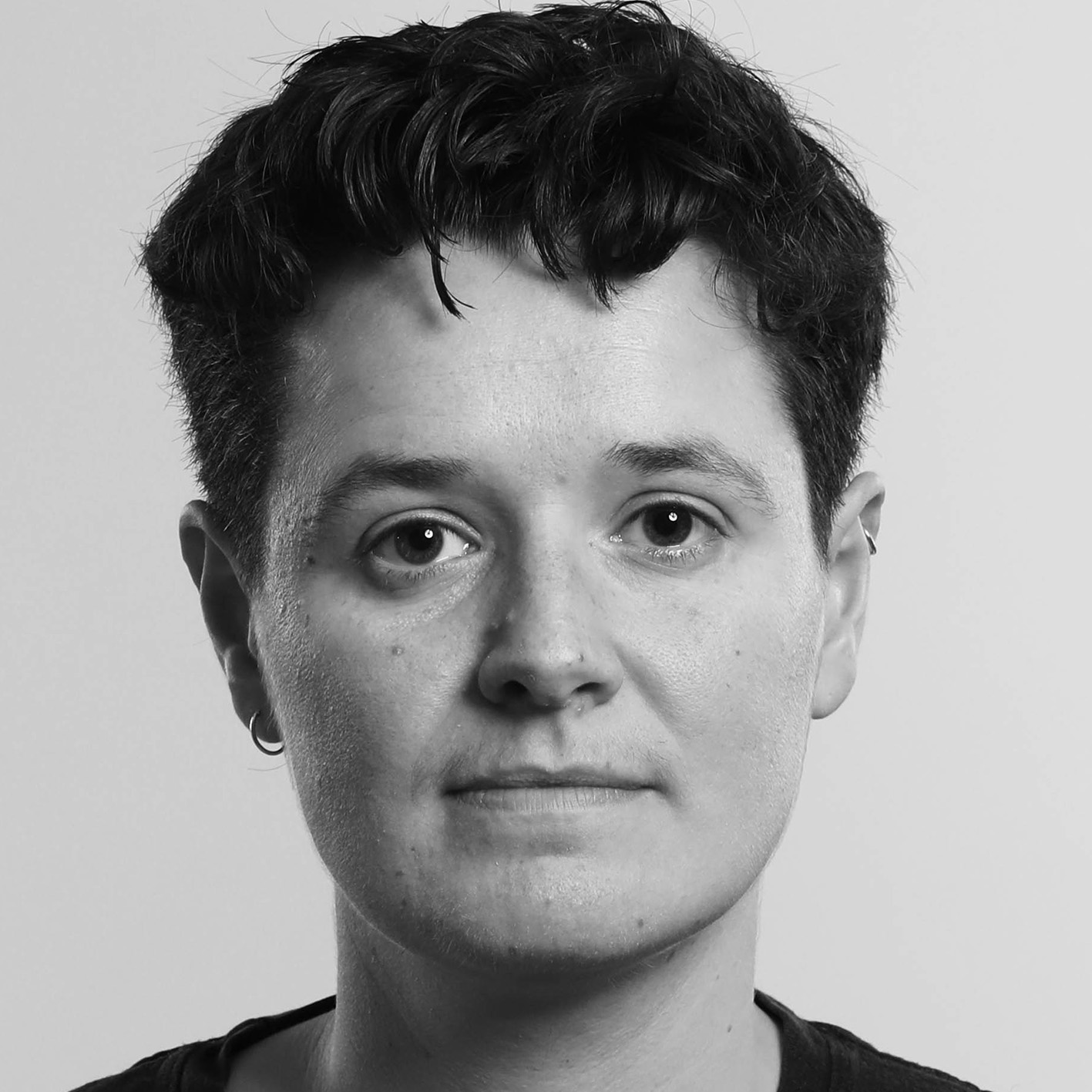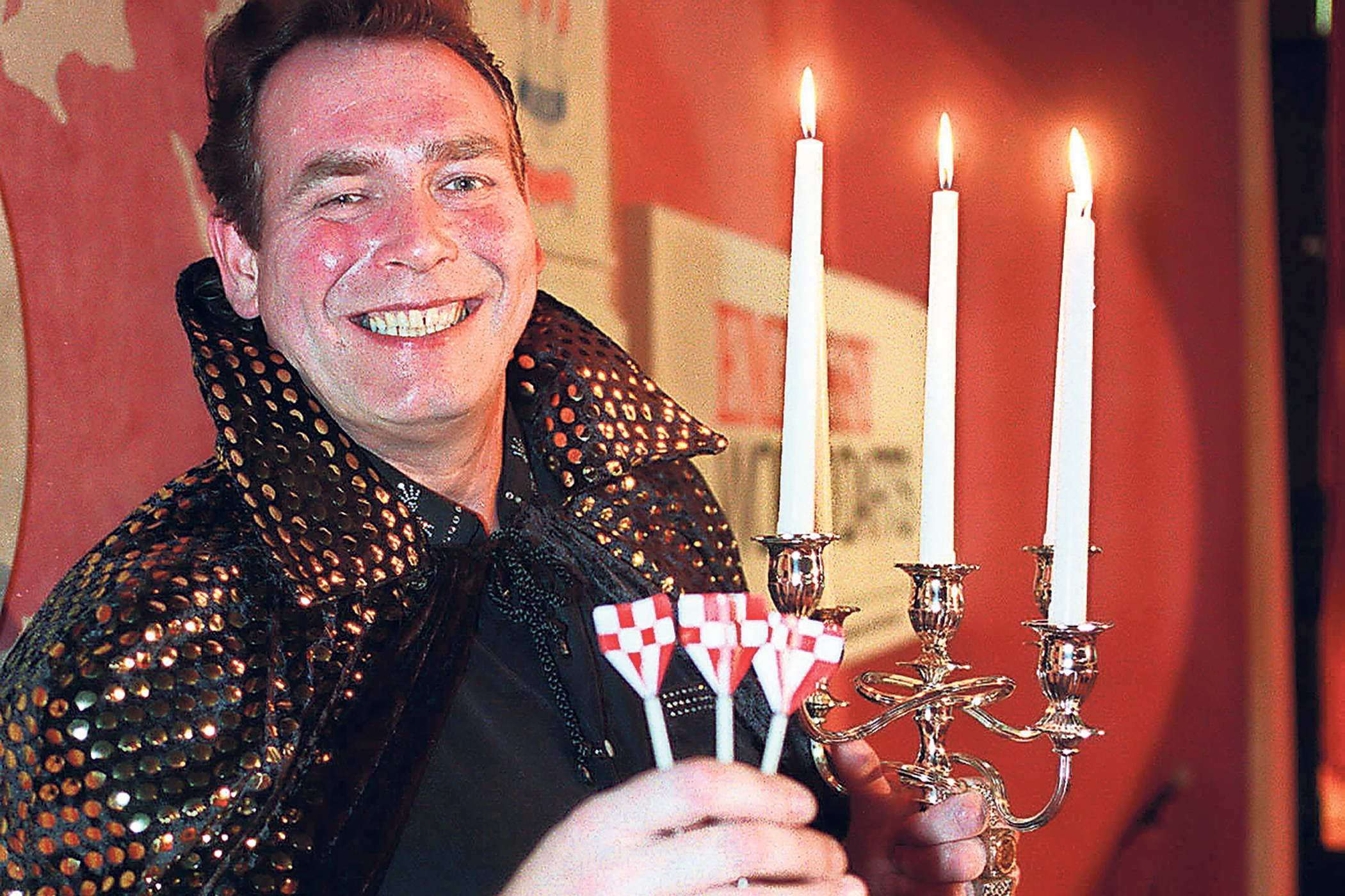There are bright blue skies over the Circuit Ricardo Tormo and a high-pitched whine. The Formula E cars with their distinctive theme tune are whirring round the Valencia course as testing continues ahead of the start of its 12th season.
It marks the final day for teams to understand these cars to the best of their ability. They are also all using female drivers to do so.
Formula E introduced an all-women’s test session for the first time last year. The aim, according to Beth Paretta, vice-president of sporting at Formula E, is to force teams to consider female talent and build connections between the two groups. “A lot of the way drivers get hired in all racing is convenient relationships,” she says. “It’s not like teams will have a shootout and say let’s find the best. It’s very organic, rather than being planned.”
The problem, Paretta believes, is that women end up being disadvantaged by a culture that prioritises who you know. By pushing teams to have women in and around the paddock ahead of a season, Formula E hopes more relationships will form.
There are already signs of that happening. When Abbi Pulling drove the fastest lap for Nissan at last year’s test, she had not yet won F1 Academy, the all-female drivers series. Fast forward a year and she became the first woman to earn a podium place at GB3 and is back testing again for Nissan having been signed on a multi-year deal as their rookie and simulation driver.
Related articles:
“From the relationship I got with Nissan in Jarama [the circuit in Madrid where last year’s test was held], I’m now integrated into the team,” says Pulling. “I now see a visible pathway to potentially get a seat in the future.”
Pulling is not the only one to have received further opportunities as a result of the women’s test. Bianca Bustamente spent the season as Cupra Kiro’s development driver, while Jamie Chadwick went on to drive for Jaguar in the rookie test. Ella Lloyd did the same for McLaren.
“Ultimately whether it is an engineer, a mechanic or a driver, if you can make the car go faster, you’ll get hired,” says Paretta.
“Team principals are simple creatures. If we can get these women to be on that consideration set, they’ll get hired.”
‘The more we have these sessions in a car, the closer the women will be on the timing sheet’
Beth Paretta, Formula E
Formula E comes with its own challenges given the nature of driving an electric car. No car starts with enough battery to finish the race, meaning that drivers have to manipulate the vehicle in a way that will recharge the battery.
“Driving a Formula E car is a different skillset than driving a Formula One car, or an Indy car,” says Paretta. “If you were to take the top F1 drivers, the top Indy drivers, and the top Formula E drivers and put them in our Formula E car right now, I guarantee that the Formula E driver is going to win the race, because it is about energy management and understanding how these cars work.
“These opportunities are the only way [the women will learn how to do it]. You can learn it in a simulator, but you can only really learn it in a car. The more we have these sessions, the closer the women will be on the timing sheet.”
On Friday, there was evidence of that in action as Mahindra driver Chloe Chambers topped the timings. Chambers sits fourth in the F1 Academy drivers’ championship, which finishes its season in Las Vegas in three weeks.
“I entered the F1 Academy as one of the least known drivers in the field,” she says. “To be a championship contender this year, for most of the year, was a surprise to a lot of people.
“I do like [being the underdog]. It’s a little bit frustrating every so often because you get overlooked. But at the same time, it’s less pressure for me. It’s fun to be able to surprise people with what I’m actually able to do.”
Speaking prior to the test event, Chambers cited how crucial it was to get to drive the cars in order to succeed in them.
“Getting used to how to drive the car fast is not something that is a one-day type of learning. There’s definitely not much time to get to grips with it. I’ll be able to take what I learned last year and this year into any future opportunities as well.”
Pulling adds: “The fact that Formula E welcome us with open arms is such a positive thing. These are the cars that the drivers in the World Championship are going to be driving all year. They’re trusting us with that. To trust any rookie with that is a big deal but to do it in this fashion shows how much the scene of motorsport is progressing.”
The aim for all of these drivers is to have a seat at the top level of motorsport, whether that is Formula E, Formula One or the World Endurance Championship.
“The biggest misconception is that [women] don’t have the strength or the talent,” says Paretta. “It’s just opportunity. There have been women that could have been in F1 before now.
“There are women who I’ve worked with who were at tests with men that went on to become F1 drivers, names that you know, where women at those tests were faster.
“It’s easy for a lazy narrative to continue that they are not there because they are not fast enough.”
“Women in motorsport are on the rise,” says Chambers. “It’s not just drivers.
“I’ve always wanted to go to the top level of motorsport and to be competitive, to fight for wins and championships. If I don’t have a chance at winning then I don’t see much of a point in pursuing a path where I have to settle for fourth or fifth.”
Last Friday, Chambers showed at the highest level, she can do just that.
Photograph by Simon Galloway/LAT Images



